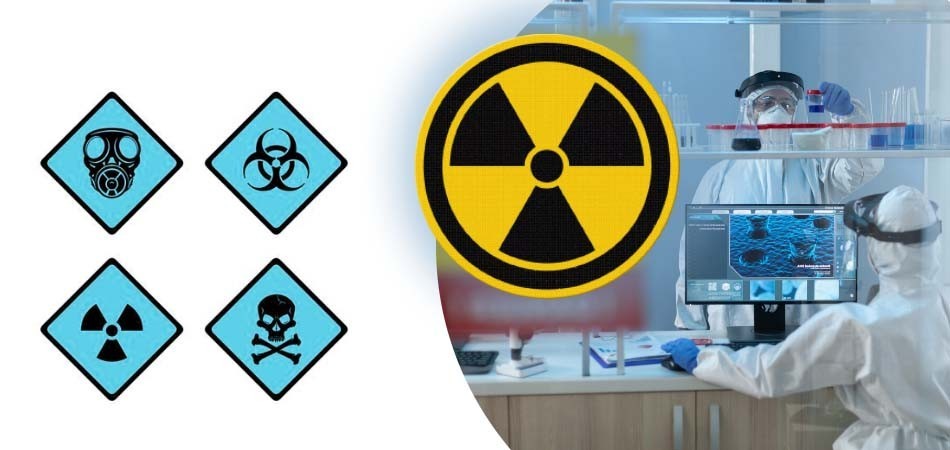Practical Measures of Radiation Protection

What is Radiation Protection?
Radiation Protection calls attention to all the methods, strategic approaches, and the techniques towards minimizing or mitigation of ionizing radiation exposure that cause harmful effects. It carries out various practices that are supposedly important techniques in the reduction of radiation doses that will go a long way in protecting individuals as well as the environment from radiation hazards.
Radiation Protection Measures
The basic radiation protection measures technically includes shielding items that can be made of lead or thick concrete to absorb or block radiation. Monitoring and controlling radiation exposure with the help of radiation evaluating and detecting devices is a very important tool in the management of harmful radiation exposure. Also, rules and regulations, safety protocols, and strict guidelines are formed to make sure to keep radiation exposure to the optimum limit.
In the diagnostic field of Radiology, it's crucial to acknowledge the presence of two types of radiation. Primary radiation is responsible for carrying essential information needed to generate images like x-rays or CT scans, while secondary radiation, also referred to as scatter radiation, is recognized as harmful to individuals. It's important to note that wherever primary radiation exists, secondary radiation inevitably follows, and this cannot be eliminated. Therefore, comprehensive training and education are essential in promoting radiation safety and increasing awareness among healthcare professionals and the public.
Here are some few practical steps which remain the duty of healthcare professional licensed or allowed to carry out medical exposures to protect patient and the public as well:
- Patient Preparation
- Patient Identification
- Issue of special patient needs like pediatrics and females.
- Image receptor type
- Positioning of patient properly
- Techniques of exposure
- Proper projection of image
- Use of beam collimator
- Protective equipment and shielding items mandatory
The Atomic Regulatory Board or AERB is the regulatory authority of India which is responsible for making sure that there is safety and security in usage of all atomic energy for peaceful and meaningful purposes only. The board established in the year of 1983 under the Act of 1962 known as the Atomic Energy Act that operates within DAE that is short for Department of Atomic Energy that lies under the Government of India.
The AERB enforces and make strict establishment towards regulations and guidelines made to protect and spread awareness to the individuals from hazards through radiation. The guidelines settings will include dose limits for healthcare workers as well as public in addition to safe handling and disposal of radiation activated materials.
Conclusion
Ganesh Paramedical College offers Paramedical Education Courses that equip you in learning the best X-Ray skills needed to learn in this advanced medical era. We also make sure that the safety measures for an x-ray are taken care off. Since, the paramedical education course admission will take place on a first-cum first basis. To enquire and understand the process further, contact us at the earliest.
You can also connect to us at any of the platform given below!
Hurry up! Enroll now!

